Our drive in from the Mojave area really set the stage for the world of extremes that we would experience in Death Valley National Park, the largest national park outside of Alaska. One of the few towns we passed through was Trona, which basically brought my vision of an industrial hellscape to life. The town is dominated by a large industrial facility, complete with pipes extending out for miles like metallic tendrils and multiple smokestacks belching opaque fumes. The residents appear to live in a collection of trailers and shacks clustered around the edges of the giant factory. The whole vibe of the town reminded me very strongly of the opening scenes of High Plains Drifter, in which The Stranger rides into town under the watchful eyes of sullen, suspicious townspeople. We both found the town to be thoroughly creepy, and we only spent 5 minutes driving through. We didn’t take photos — we were too eager to get out of there — but I did find this interesting article on CNN with plenty of photos.
It may be that the strange vibe of Trona arises from its position at the very edge of the wilderness. After leaving Trona, we went 100 miles seeing little further sign of human activity other than the existence of the road we were traveling. It was remarkable to be driving for miles and seeing no structures, no fences, no power lines, etc. We’ve been to some pretty remote areas (I’m looking at you, Eastern Oregon) but this area of the Mojave Desert is without a doubt one of the most untouched areas we have ever seen. But while we barely saw six other cars while traveling down this stretch of highway, we did have the chance to see some of the most advanced technology in the world in the form of military jets flying low over our head.
Rainbow Canyon on the far western end of Death Valley National Park is frequently used for military “training” flights. We understand from other travelers that during these practice runs the jets absolutely scream through the canyon, twisting and turning through the deep crevice like TIE fighters heading into the heart of the Death Star. We were seeing these impressive machines as they cruised back to base (maybe at China Lake Naval Air Weapons Station?) after finishing their high adrenaline maneuvers. While they were flying quite level, they were also flying over us extremely low and fast, surrounding us with deafening sound for just a second before they had traveled far beyond our hearing.
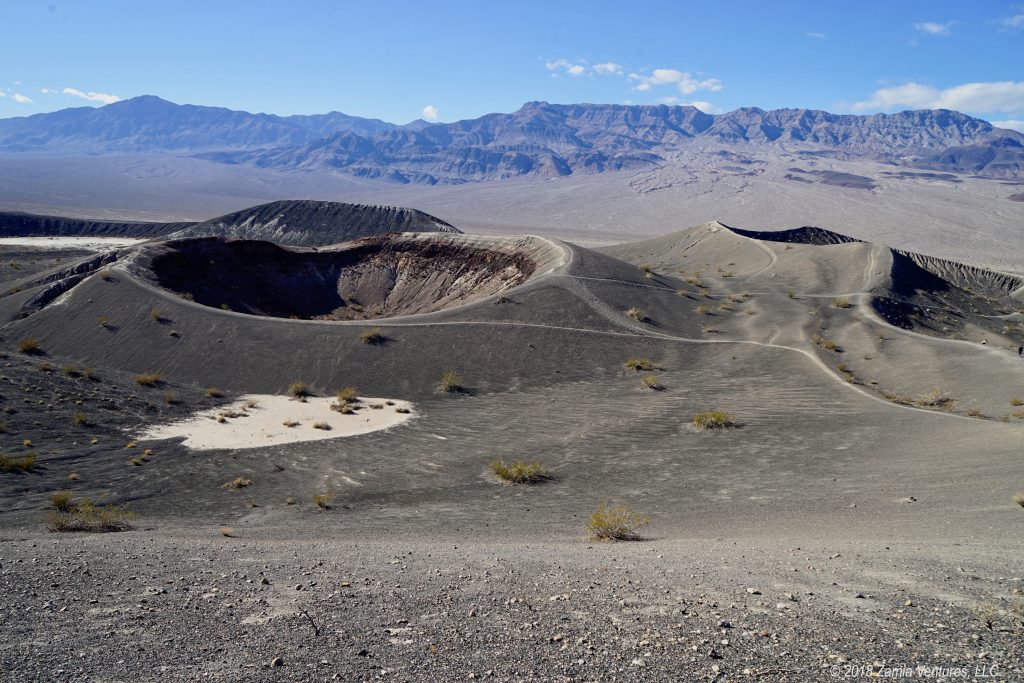
The final part of the trip into Death Valley involved crossing over the Panamint Range on the west side of the park. California Highway 190 passes through Towne Pass, which at 4,956 feet is certainly one of the lowest points in the range. The ascent up to the pass was smooth and seemed reasonable, but the descent was something else. For at least 15 miles we endured a constant 6-8% grade as we dropped into the seemingly featureless valley below, with no pullouts to relieve the mental strain or the constant application of brakes. The road was straight and in good condition, but it was still pretty unsettling to be hurtling downhill as elevation signs whizzed by in rapid succession: “3,000 feet,” “2,000 feet,” “1,000 feet.” The strangest part, of course, was passing the sign for “Sea Level” and still seeing plenty of descent ahead of us.
I was driving, so at the time I was focused on the moment-to-moment tasks required to get us to the campground in one piece. In retrospect, however, this drive definitely rates as one of the most bizarre we have ever experienced. In some ways it was a good introduction to Death Valley.
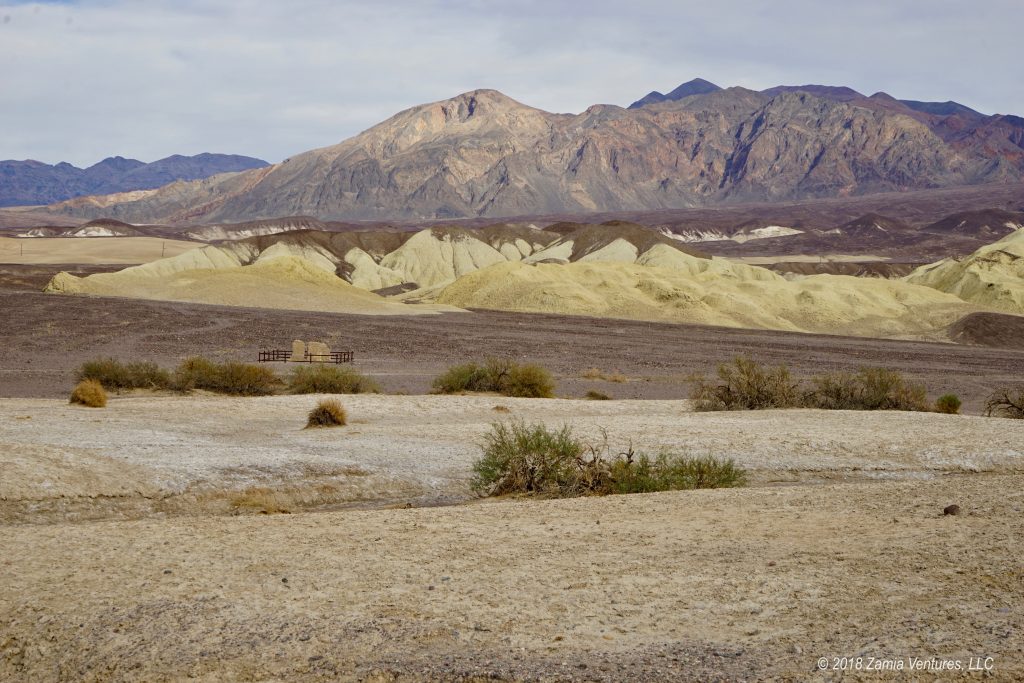
World of Extremes
The Death Valley environment is truly one of the most remarkable that we have visited and is defined by extremes. At an elevation of 282 feet below sea level, Badwater Basin is the lowest point in North America, but the salt flats surrounding this point face directly at the rugged Panamint Range. From Badwater Basin it was easy to see Telescope Peak, which reaches over 11,000 feet, and during our visit it already had a significant layer of snow. The vegetation in Death Valley is sparse to nonexistent, yet there is a robust population of larger animals like tortoises, ravens, and coyotes. Death Valley is one of the driest places on earth, receiving on average less than two inches of rain per year, yet its most prominent features have been sculpted by the rushing water of flash floods. (Also, it rained one night while we were there, which was WEIRD!)
Without the protective clothing of vegetation, the mountains, canyons, and valleys are laid bare for examination. The naked rocks and minerals tell vivid stories of sedimentation, volcanism, erosion, and evaporation. Eye-popping Ubehebe Crater is the result of a very recent event – just 2,000 years ago a magma bubble came up from the earth’s core and super-heated underground water to the point of explosion, leaving behind a perfectly round pock mark revealing colorful layers of earth’s history. The stripped down landscape was undoubtedly harsh and uninviting to pioneer travelers, but we found it to be strangely beautiful.
We loved how the muscular mountains take on different characteristics in different light, and under drifting clouds, creating a shifting tableau throughout the day. From our campsite at 190 feet below sea level, we experienced dual sunsets as the setting sun lit up clouds above both the eastern and western ranges surrounding the valley. It was hard to wrap our minds around the vast open spaces — the mountains seemed close enough to touch yet towered over us.
The human history of Death Valley, as told through various interpretive sites, was also interesting. What appeared to the first American travelers as a lifeless wasteland has actually been the home territory of the Timbisha Shoshone tribe for a thousand years. The tribe “cultivated” the land by managing the springs around the valley and helping disperse seeds for critical plant species. Tribal members continue to live in and around the park on trust lands, and the NPS works with the tribe to manage large areas of the park in accordance with traditional land management practices. It’s a stark contrast with the acrimonious relationship between the NPS and the Blackfeet Nation over the eastern half of Glacier National Park.
The 19th century borax extraction operations, which relied on 20-mule teams to haul the product 150 miles across the desert to the nearest railway station, are proof that no environment is too harsh to exploit if there’s an opportunity to make a buck.
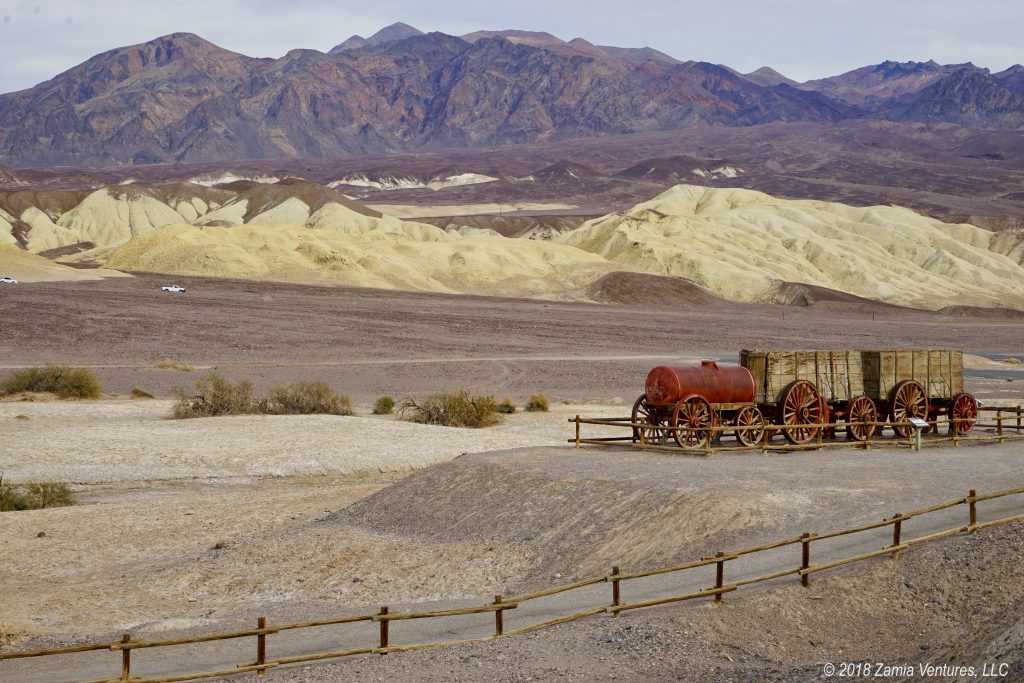
There are a few aspects of Death Valley that make for a particularly unique park experience. One is the immense driving distances involved in getting to different areas of the park. The main roads are glassy smooth, which makes for fast travel, but visitors will still cover a lot of miles getting around this far-flung park. It took us over an hour to drive up to Ubehebe Crater from Furnace Creek, for example, which meant that after hiking around the rim of the crater we only had time to stop at one short interpretive trail on the way back to camp. We never made it over to Father Crowley Point, where the military training flights / joyrides take place largely because of the distance involved (in addition to avoiding that terrible pass). When you’re paying $5/gallon for gas it’s necessary to be judicious in selecting destinations. The one thing that we didn’t mind about driving around the park was the subtly changing landscape. Even on long drives we were just mesmerized by the changes in colors, shapes, and patterns in the surrounding mountains and plains.
A second unusual aspect of Death Valley is the absence of established trails. Almost the entire park is designated as “wilderness” and the NPS encourages people to find their own way. Whether visitors are clambering up sand dunes, wandering around on salt flats, or hiking into the gorges that streak the mountains, people are free to wander at will. On several occasions we explored areas that appeared to have no footprints at all, and even did some scrambling up rocks into side canyons, which enhanced the feeling of discovery and excitement.
One of the few established trails that we hiked ended up being one of our favorites. The 1-mile Golden Canyon trail is one of the most popular in the park, but by completing a loop through Gower Gulch (making it about 5.5 miles in total with trips up side spurs) we left most of the other hikers behind. This loop trail took us by rock formations of many different hues ranging from gold to intense red to bluish-green. It also included about 800 feet of elevation gain to Manley Beacon, from which we had commanding views of the gorges and valley below. The trail then descends down a rain-scoured gulch which includes some narrow channels requiring a little creativity and flexibility to pass. The gulch ends at a dry waterfall with commanding views over the valley, which fortunately can be bypassed easily without scaling the 25 foot drop. This trail had it all!
Have Santa, Will Travel
Since our visit included Christmas, we tried to get into the Christmas spirit by hauling a small plastic Santa Claus around the park and taking pictures of him enjoying the sights. Santa placement made the already-interesting landscape endlessly entertaining for us. We are easily amused.
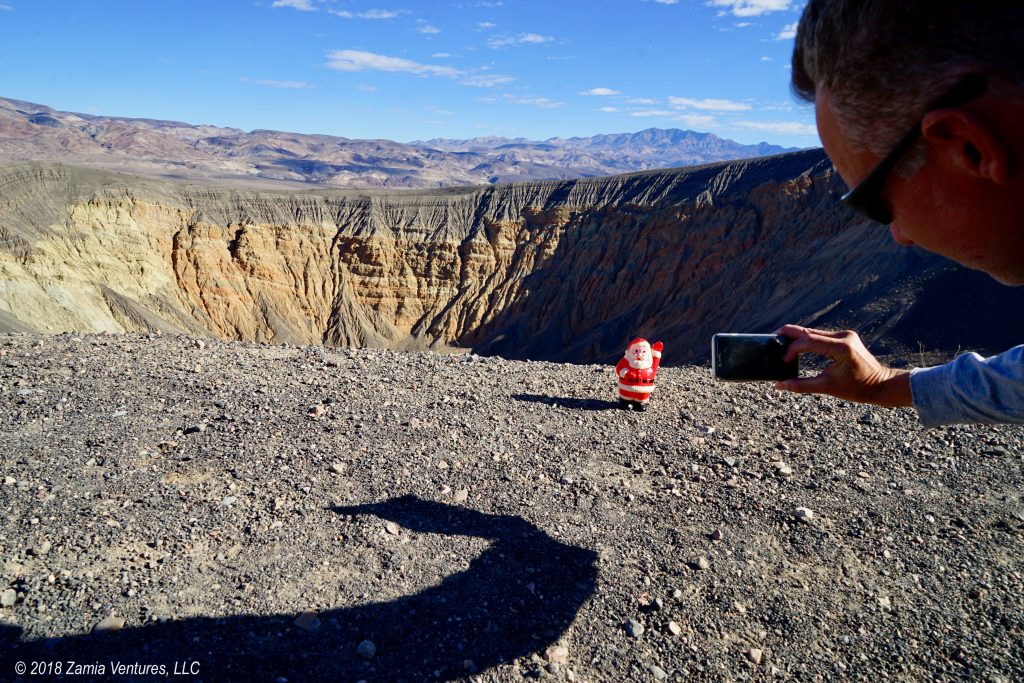
Long, Cold Nights and Hot Meals
Our visit to Death Valley coincided with the shortest days of the year, and being at the bottom of a deep valley rimmed by mountain ranges did not help the situation. On December 20, the sun slipped behind the mountains at 4:00 p.m.! The short days made it a challenge for us to rely exclusively on our solar panels for power, but the midday sun was strong and by employing some simple energy management strategies (e.g., no TV) we managed to make it through the week without needing to pull out the generator.
The short days also had us back home relatively early, which gave us ample opportunity to explore the true meaning of Christmas – namely, eating excessive amounts of rich food. We normally eat quite well, since we basically have a full kitchen in the Airstream, not working leaves plenty of time to cook great meals, and I refuse to eat “camping” food. But this week we amped up the menu to holiday levels.
Our decadent meals included:
- German Night — Delicious bratwurst from CharcutNuvo, traditional sauerkraut, warm potato salad and, in true German fashion, a green salad added as a complete afterthought.
- Mexican Night — A bowl of cumin-heavy rice pilaf, taco meat, tomato, red pepper, avocado, jalapeno, and red onion, dressed with lime juice, salsa verde, and sour cream.
- Christmas Eve – Grilled pork tenderloin, gooey potatoes au gratin, and green beans with almonds, accompanied by some of our big Napa Valley red wines.
- Christmas Day – Lemon, garlic, and olive pasta topped with an Icelandic salmon fillet, followed by miniature raspberry tarts.
It took a little advance planning, since we were literally a hundred miles from the nearest regular grocery store, but coming in with our refrigerator and freezer stuffed to the brim made all this possible. And because we are not done pigging out, there’s more to come next week for New Year’s Eve and New Year’s Day.
Dealing with the Government Shutdown
The most annoying part of our visit was the fact that the federal government, including the National Park Service, shut down in the middle of our visit thanks to a failure to enact a budget. This meant that our campground closed – enforced by the NPS turning off power and locking the bathrooms, plus sending a law enforcement officer armed with a Glock and a Taser around to remind everyone to leave – along with the visitor center. We were very lucky in a few respects. One stroke of luck was that Death Valley has several private RV parks: one located on private property that’s an enclave within the park, and one offered by a park concessionaire. Neither of these was required to close, but between them they only have about 60 sites. The NPS campgrounds in the central area of the park have over 600 sites, so there were potentially going to be a lot of stranded people competing for the same available sites. As soon as we knew the shutdown would take place, we hustled over to the private park closest to us and managed to get a reservation for the two nights between our eviction on December 24 and our planned departure on December 26. It was a good thing we did, because come December 24 there were MANY campers desperately searching for lodging, some even going so far as to camp in the visitor center’s parking lot or squat in other people’s reserved campsites in our private RV park.
Our next scheduled destination was Mojave National Preserve, but as a federal property there was now no chance of staying in the established campground. The property itself remains open to visitors, just like Death Valley, and we considered just heading into the preserve and boondocking at one of the established non-campground camping spots. We decided against it because we assumed those few spots would be packed with campers who had been ejected from the campground. After considering various options, including replacing our entire next month’s agenda with a single long term stop in a place like Palm Springs, we decided to make only incremental adjustments to our itinerary in hopes that we will still be able to take advantage of upcoming reservations to camp in Joshua Tree National Park and Organ Pipe Cactus National Monument. By some miracle we were able to get a site at a state park near Lake Havasu City, Arizona for the extremely busy week between Christmas and New Year, which is where we sit now, keeping our fingers crossed that the federal government will reopen soon. While this is not how we originally envisioned spending this week, after over two weeks with no hookups at all, at least it feels like a treat to plug into electricity again.
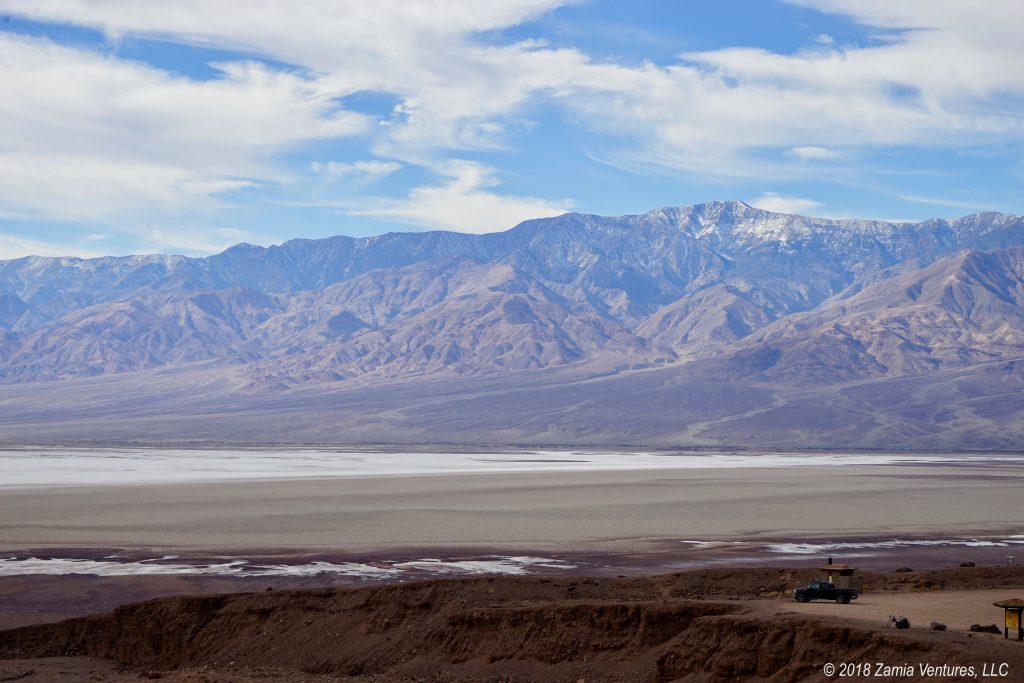
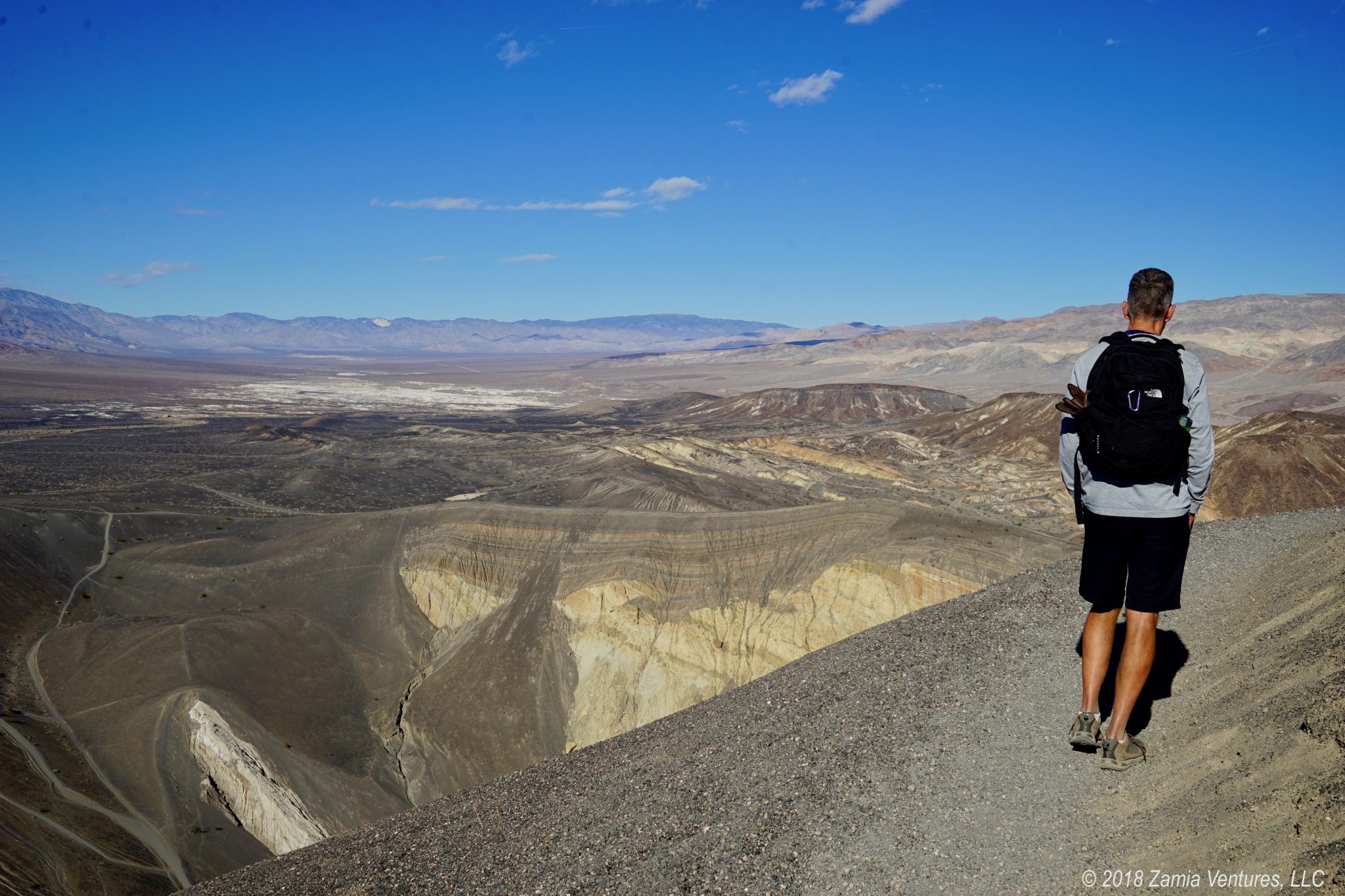
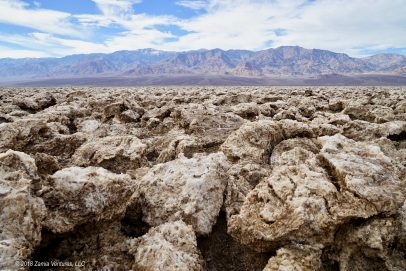
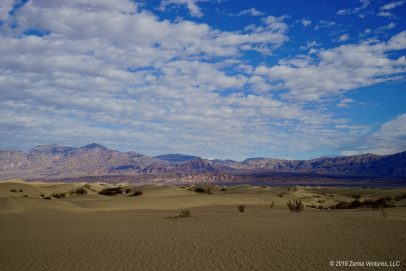
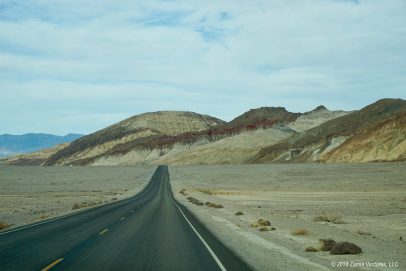
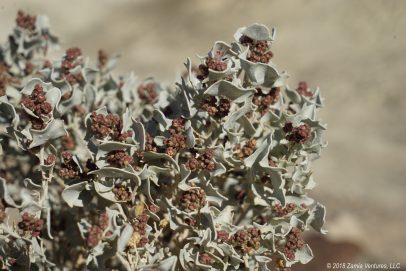
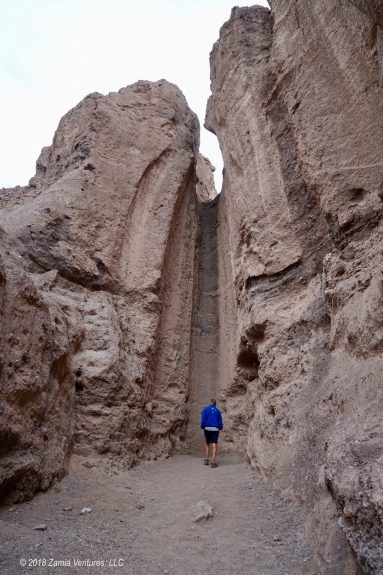
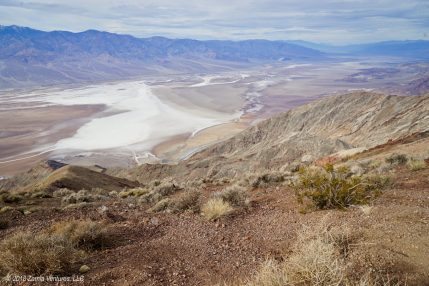
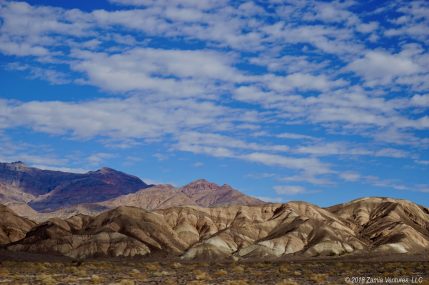
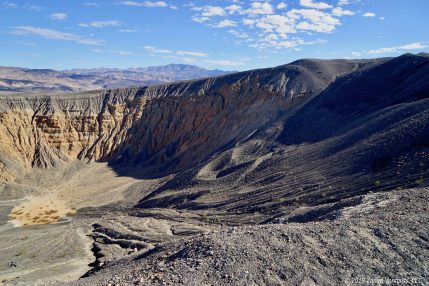
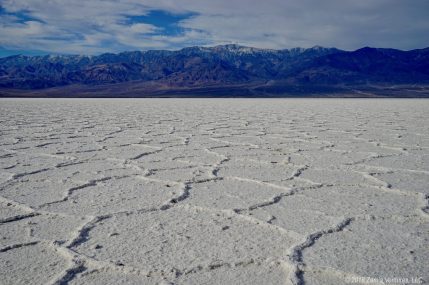
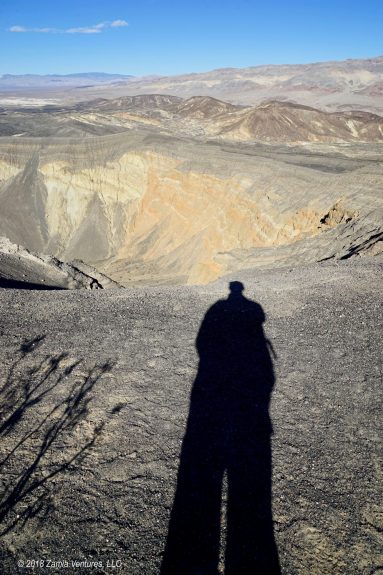
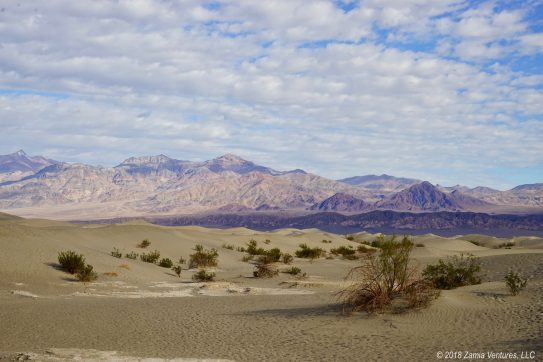
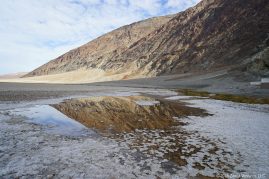
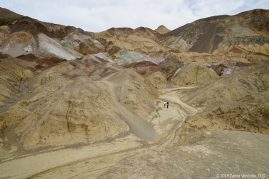
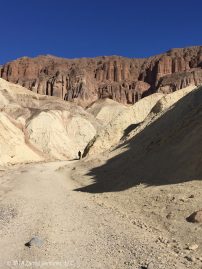
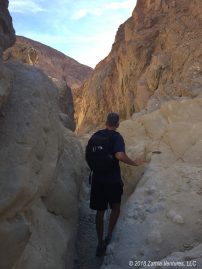
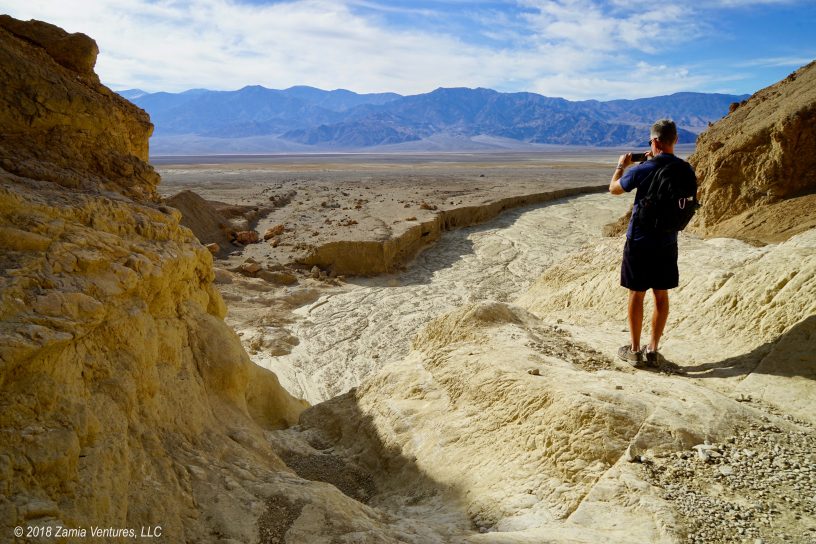






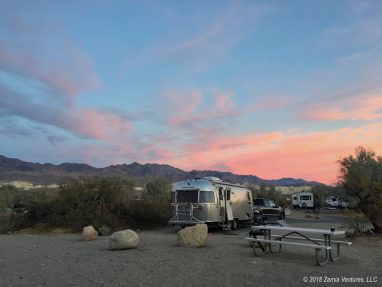
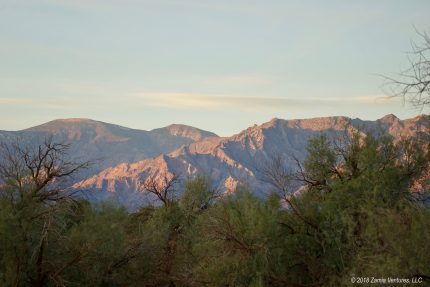
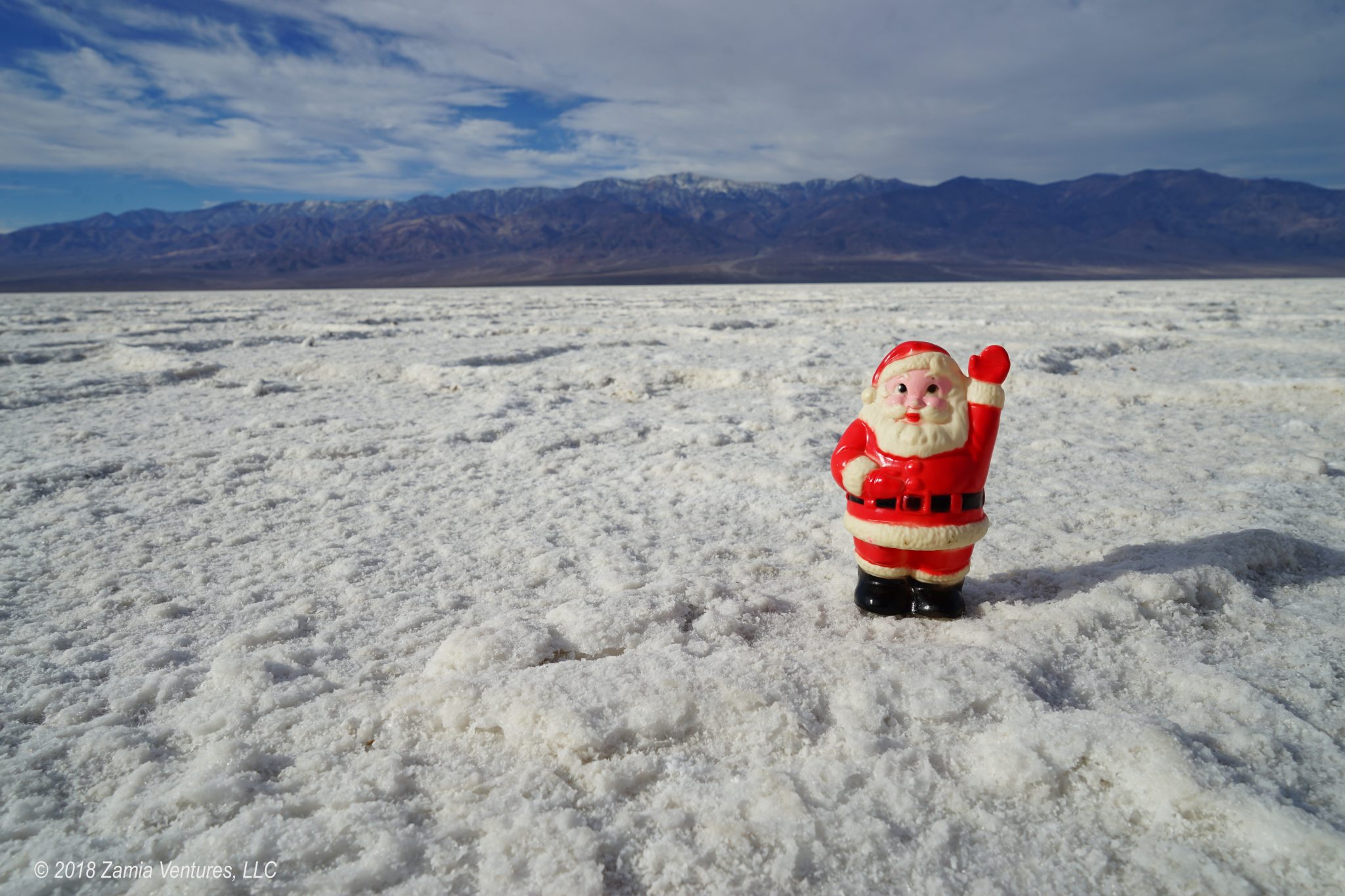
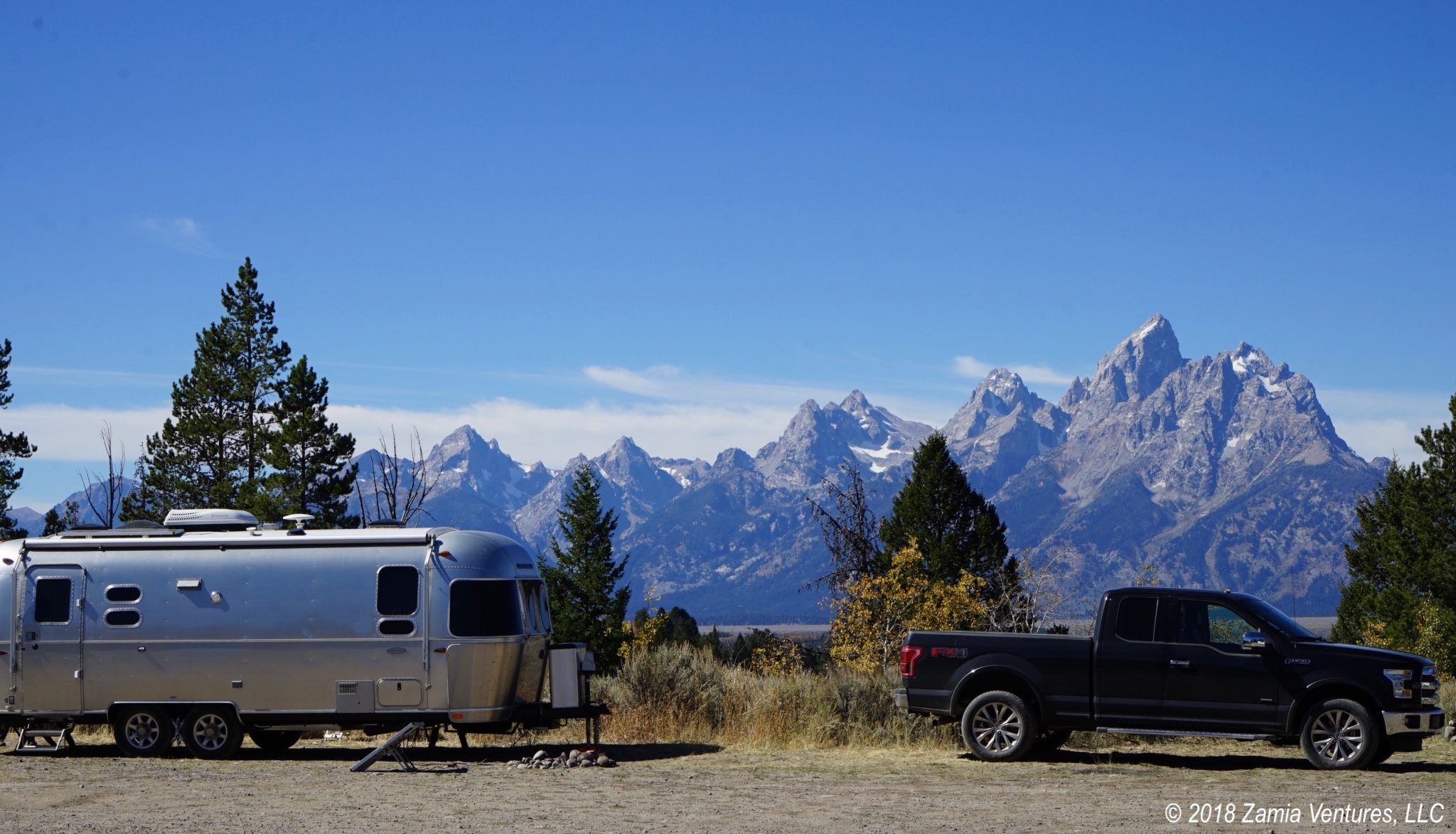
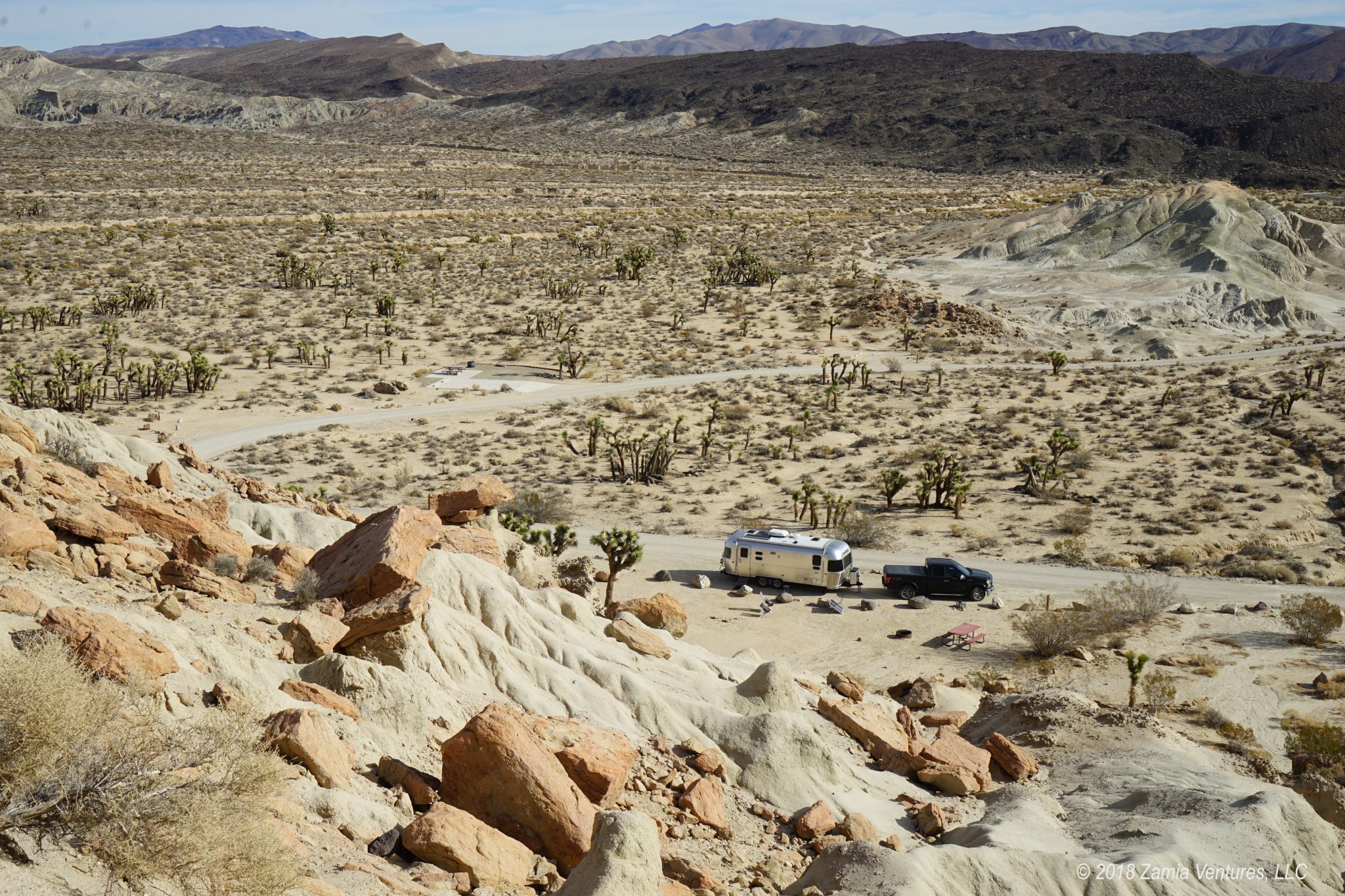
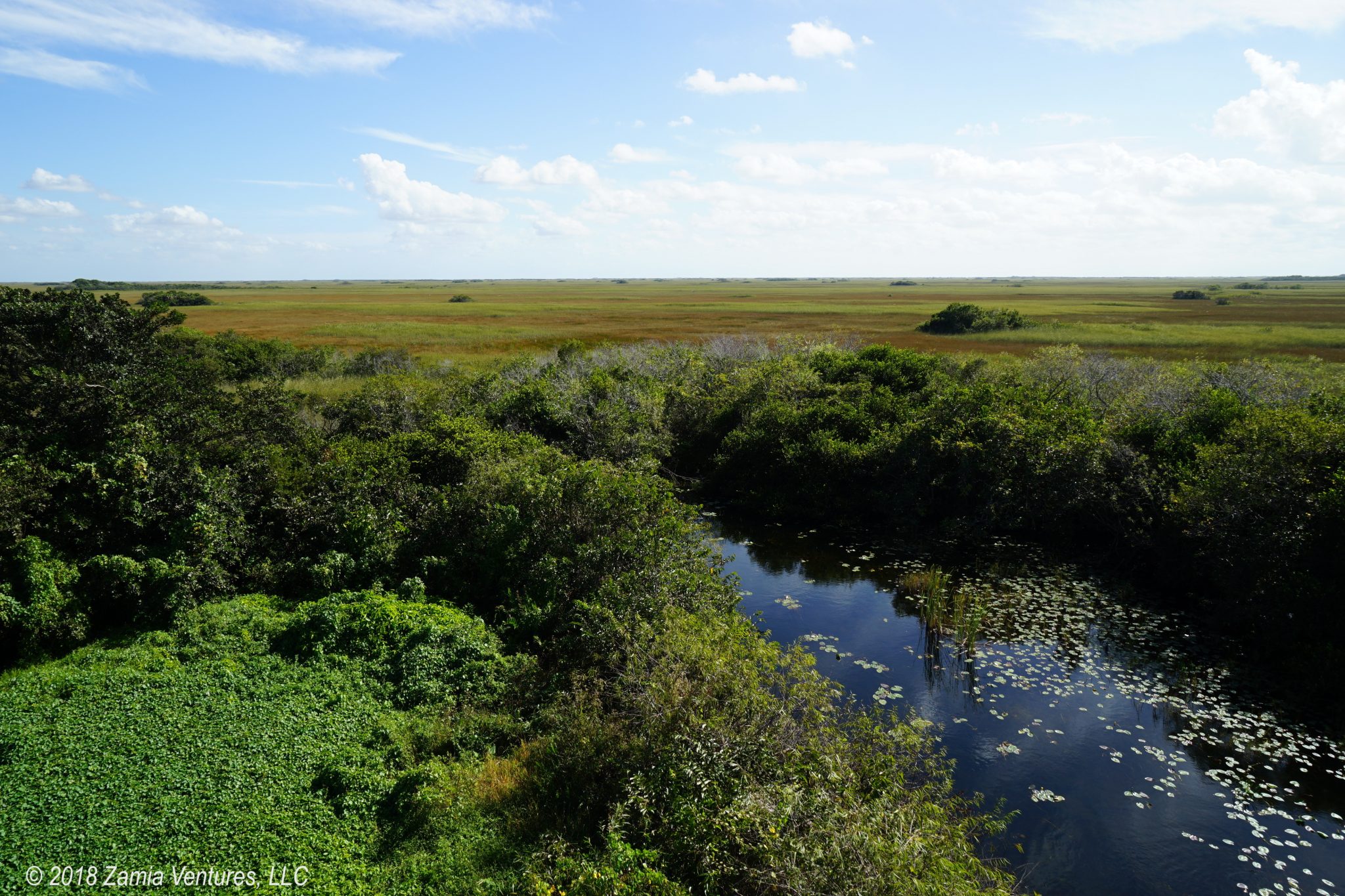
Looking forward to following your adventures. Liz & craig
Thanks! Best wishes for 2019!